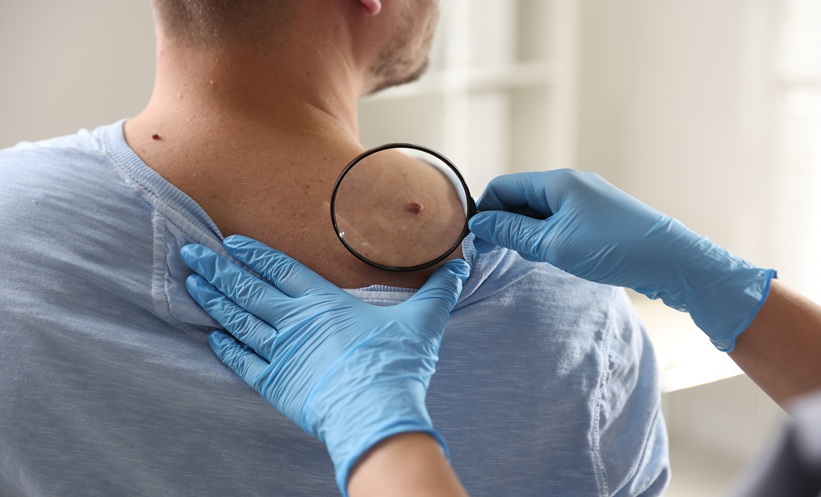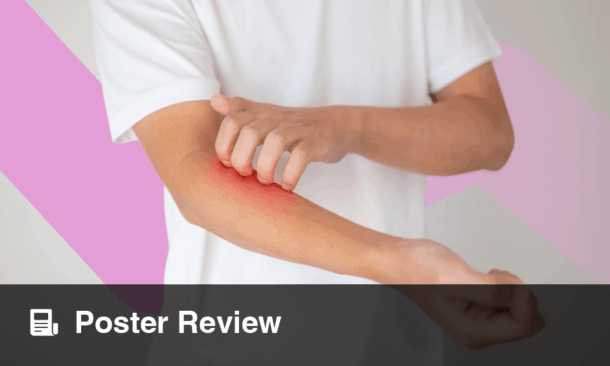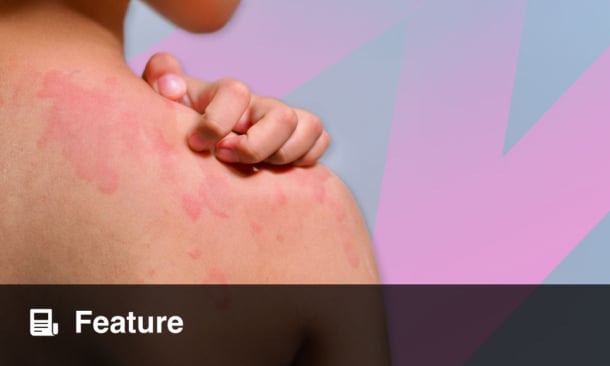ACNE recurrence may be predicted with high accuracy using a new early warning model that incorporates both lifestyle and psychological risk factors.
Identifying the Risk Factors
Researchers analyzed clinical data from 218 patients treated for acne vulgaris, of whom nearly half (48%) experienced recurrence after therapy. Factors significantly associated with relapse included higher body mass index, smoking and alcohol use, poor dietary habits, staying up late, and prolonged electronic device use. Elevated depression and anxiety scores also increased recurrence risk, emphasizing the link between emotional health and skin disease outcomes.
Weekly pillowcase replacement emerged as a protective factor, potentially reducing bacterial buildup and sebum transfer that contribute to inflammation.
Building the Predictive Model
Using logistic regression, the team developed an early warning model integrating these variables to estimate an individual’s likelihood of acne recurrence. The model demonstrated robust predictive performance, with an area under the curve (AUC) of 0.846 (95% CI: 0.791–0.891), 88.57% sensitivity, and 80.53% specificity.
This approach allows clinicians to identify at-risk patients early and personalize follow-up care strategies. It may also support behavioral interventions, such as improving sleep hygiene, diet, and emotional well-being, to sustain long-term treatment success.
Implications for Clinical Practice
The findings highlight that acne recurrence is influenced not only by biological and environmental triggers but also by lifestyle and psychosocial stressors. Integrating predictive modeling into dermatologic practice could help clinicians counsel patients more effectively and prevent the emotional and physical burden of repeated flare-ups.
Looking ahead, integrating this acne recurrence early warning model into routine visits could streamline risk conversations and support shared decision making. Clinicians might use the score at treatment completion to triage follow up intensity, reinforce sleep and diet counseling, and identify patients who could benefit from mental health screening. Because the analysis was retrospective and limited to 218 patients, broader validation will be important to confirm performance across diverse populations and treatment regimens. Prospective use could also clarify how targeted behavioral interventions affect recurrence trajectories and long-term disease control.
Reference: Guo K et al. Risk Factors of Acne Recurrence After Treatment and Establishment of an Early Warning Model. J Cosmet Dermatol. 2025;24(11):e70545.







